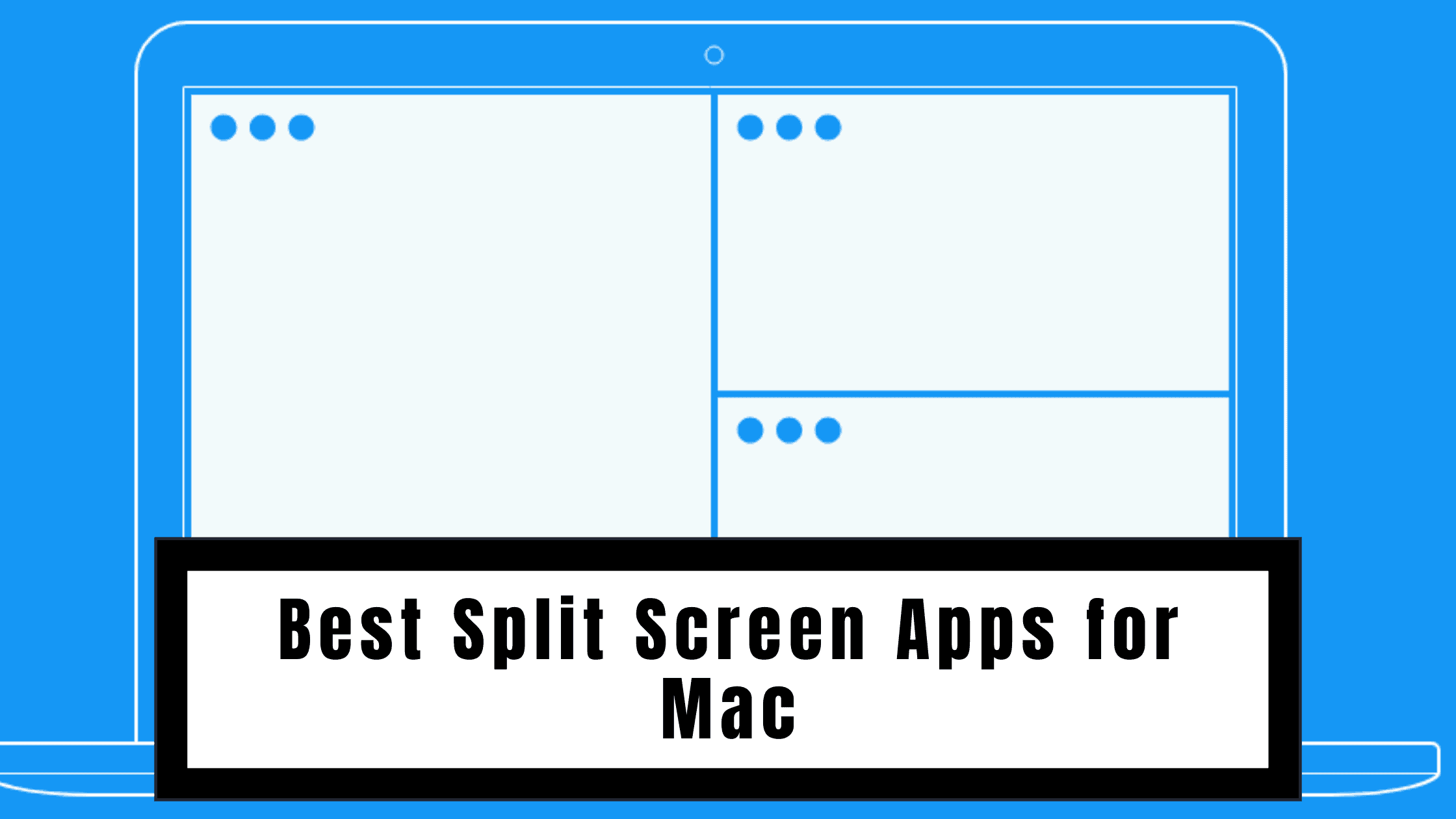

Whereas Enter Full Screen hides the Dock and menu bar, Zoom keeps these in place. If you hold Option (or Alt) and click the Green Button in a window’s top-left corner, you get three new options: Zoom, Move Window to Left Side of Screen, and Move Window to Right Side of Screen.
Os x split screen windows#
This will return both windows to their original state and allow you to resume what you were doing before entering Split View.

When you’re ready to leave Split View mode, click on the Green Dot on either window or press Esc. Just move your pointer to the top of the screen, and it reappears while your pointer remains, giving you access to each app’s menus while you’re using Split View.įinally, if the windows are too small, you can adjust your resolution.

Not sure where your menus have gone? Split View automatically hides the menu bar (and Dock). The windows will automatically switch places. If you realize you prefer the windows on different sides, simply click and hold an app’s Title Bar and drag it over to the opposite side. Just note that some apps - like Apple’s Photos, for example - have minimum widths, so you may not be able to adjust the bar much or even at all. This is particularly useful if you’re trying to view a large webpage with an odd design or need extra space for a big spreadsheet. You can click and hold on the Black Divider and slide it left or right to adjust each half of the screen. Split View doesn’t necessarily need to divide your screen equally. You can tap either window to switch your primary focus as needed. Select the other window that you want to use in Split View mode, and it will expand to fill the void, completing the Split View experience. You’ll see the first app on one half of the screen, with thumbnails of any other open windows on the other side. Step 3: One half of your Split View is done. Select either the second or third option, and the window will fill that portion of your display. Hold down on this Green Dot, and a list of options appears: Enter Full Screen, Tile Window to Left of Screen, and Tile Window to Right of Screen. Step 2: If you hover the cursor over the Green Dot, it presents two small “expand” arrows. Pick your first window, and look in its upper-left corner to find three colored dots: Red, yellow, and green. Step 1: Begin by opening two or more windows that you want to be paired in a split-screen layout: Browser windows, apps, documents - whatever you want. Apps tend to hide most or all of their window chrome in Full Screen Mode, but again, losing those cues doesn’t matter because there’s only one app to use.Įxcept in El Capitan, when suddenly Full Screen Mode is now capable of running two apps at once. So how does an app indicate that it’s active in Full Screen Mode? It’s a trick question, because there’s only ever one app in Full Screen Mode. In Full Screen Mode, the menu bar is hidden unless you move your cursor up to the top of the screen, but it’s not necessary as a cue because there’s only ever one app running.
Os x split screen mac#
On the normal Mac desktop, you can tell which app is active by shading cues (the active window usually has a shaded title bar and the “stoplight” buttons in the left corner are only colors in the active window) and by the name of the app in the left corner of the menu bar, right next to the Apple logo. Most of the issues seem to be around the concept of which app is active. (This is as good a time as any to remind you that this is just a beta, and there’s plenty of time for Apple to address weird interface issues before the OS X 10.11 ships this fall.) The problem is that some of the underlying assumptions of Full Screen Mode can’t be made in Split View, and that leads to some really weird interface issues in the El Capitan public beta.


 0 kommentar(er)
0 kommentar(er)
